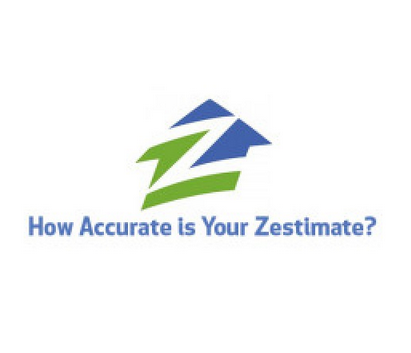Excerpts from Inman Article
Admit it, you have Googled your property address or gone to Zillow to see how much your home is worth. Haven’t we all?
Everyone probably has checked online to see what the online AVMs (automated valuation models) say their home might be worth at one time or another.
It may be good to understand that any AVM, in and of itself, is not an effective way to value a property.
Although one AVM for any given property might be close to reality, there is usually a wide disparity when comparing a few AVMs side-by-side.
What is an automated valuation (AVM)? It’s a fast and easy way for homeowners or prospective buyers to get a ballpark value for any given home.
AVMs are programs that automatically analyze various data points to produce an estimated value of a specific property. Online visitors can visit an AVM website (the most famous is Zillow’s “Zestimate”), type in a property address, and the AVM engine will use linear and multiple regressions to form an estimated market value.
The engine’s algorithm typically uses the age of a home, current market values, area trends, historical data, specific features of the property, and so on.
Although it’s well-known that AVMs (automated valuation models) can be speculative and inaccurate, it’s a good idea to examine what the various websites are listing as the current value for your home.
In our market, three readily available AVMs are Zillow, realtor.com and Homes.com. If one of those three does not provide a value, you can also go to a site such as Redfin. The easiest way to get their valuation is to type the address into Google.
Under the results, you should quickly find the three different websites — click on each, and, in most cases, the AVM will pop up right away. If, for some reason, the site does not show up in the Google search, go directly to each site and type in the address. The AVM should pop up on the front page unless the home is new or has just sold.
In most cases, there is a noticeable difference between the valuations. Many people are shocked to see the spread between the numbers, but the data can be misrepresentative based on the property’s actual condition and upgrades.
AVMs by any website can fluctuate dramatically in a short period based on what is happening in the local market. Here is an example from a home that recently sold:
As an example, the initial Zestimate for a home was $1,434,031. Based on the level of amenities, it was listed the home at $1,599,950. The very next day, the Zestimate jumped to $1,691,056.
Once the home was in contract one week later, the AVM jumped again to $1,806,823.
In the meantime, realtor.com showed the value at $1,615,734. With 11 offers, the home sold for $2 million, and 60 days later, the Zestimate showed the value to be $2,080,800 while Redfin placed the value between $1,720,000 – $1,890,000.
Good to note:
Any AVM will be averaging home values in any given neighborhood based on historical sales — not property condition or the level of amenities of any specific home.
AVM valuations are speculative and therefore cannot be used to accurately value a home. For this reason, appraisers will never use AVMs to provide market values for any given home.
The difference between an AVM and a CMA
The best and most accurate valuation for any given property will be a Realtor’s comparative market analysis (CMA). Instead of simply looking at overall market trends and a home’s configuration, a CMA takes into account property conditions, amenities, upgrades, condition of the overall neighborhood and other specifics that an AVM cannot effectively address.
When preparing the CMA a good agent will include all of the pictures from every property included in the CMA. Using all the images helps you see quickly and understand the difference between the various homes, and it further accentuates why AVMs are unreliable.
Pricing
Any real estate agent on any given day can promise you that they can get you a specific price. Unfortunately, this is simply not true. The number you see in your agents CMA is the recommended list price if you chose to go on the market today.
If you are not going on the market today, your agent will rerun the numbers the day before your home goes “live” to ensure that it is priced correctly for that market at that time.
Even then, the final price you receive is going to be contingent on:
- The level of your amenities
- The amount of property preparation you are willing to do
- Professional staging
- The quality of the photos and other listing media
- The state of the market when you go live
- Most importantly, the number of buyers who are currently out looking for a home like yours (once it hits the market) and what they are willing to pay for it
As you can see, there are a vast number of variables that will impact your selling price.

 Facebook
Facebook
 X
X
 Pinterest
Pinterest
 Copy Link
Copy Link


